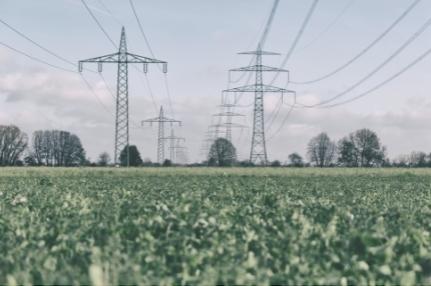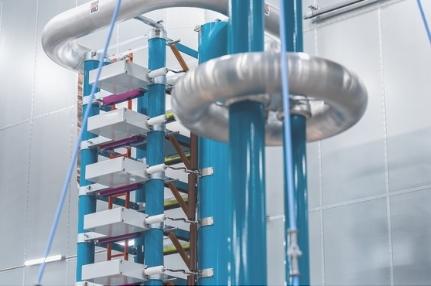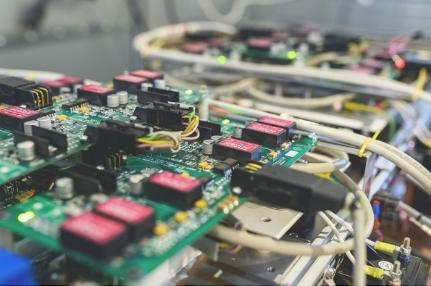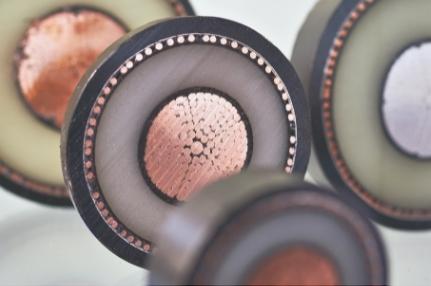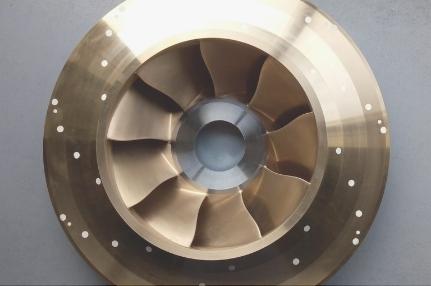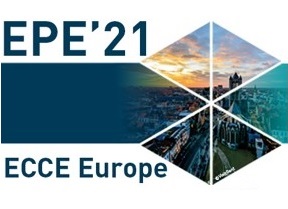Research & Collaboration
What makes us unique?
SuperGrid Institute owes its success to the people who make up our various research departments. Our teams come from diverse backgrounds in industry and academia, and their wealth of experience and skills make the Institute unique. Each individual brings specific expertise to the table.
This melting pot of knowledge offers opportunities for specialists from different fields to collaborate on new and innovative solutions to technical problems.
The Institute also benefits from close collaborative relationships with industry and academic institutions. The complementary strengths of our partners provide insights and innovative approaches to technical challenges. At the same time, we retain total independence in our research. Public-private investments and collaborative projects finance our work.
SuperGrid Institute’s state-of-the-art research facilities, test platforms and laboratories at the Villeurbanne and Grenoble sites are key to the success of our five research departments.
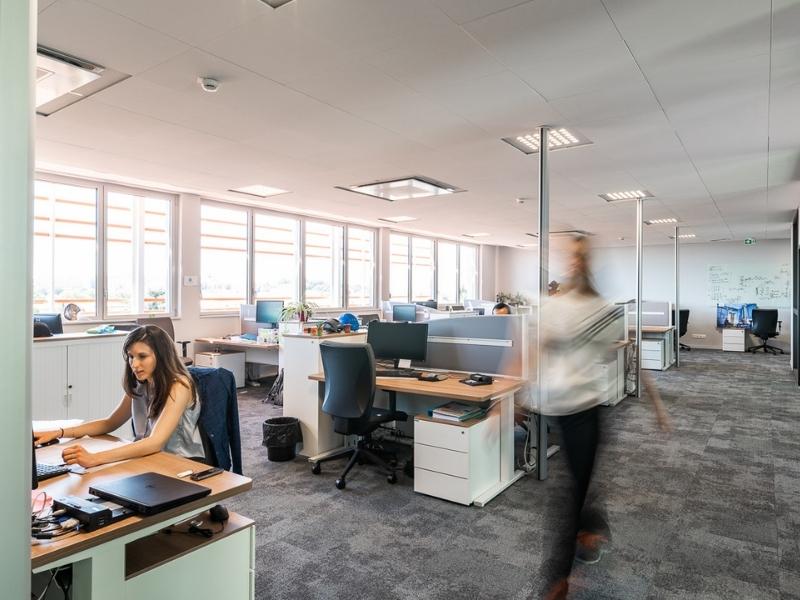
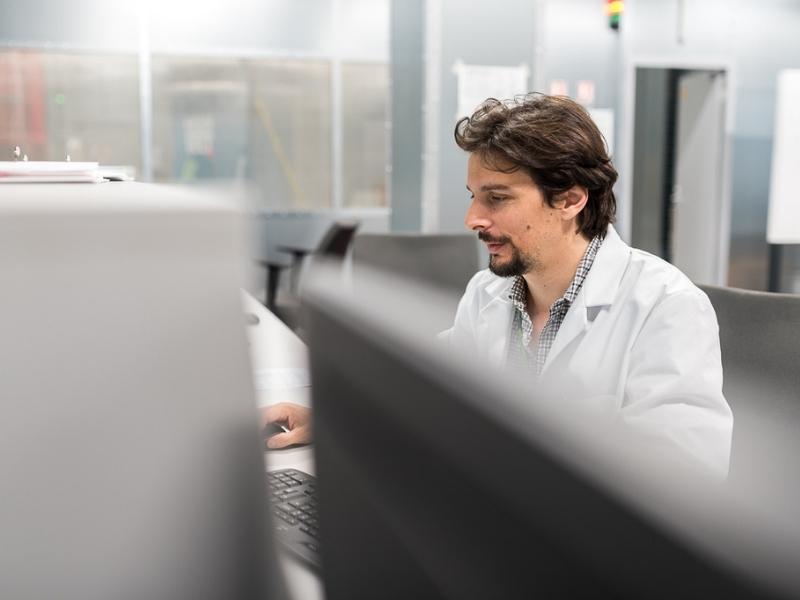
Latest scientific publications
Modelling and Control of an MMC-HVDC Submodule with Energy Storage for Fast Frequency Response
Energy storage systems can be distributed in a modular multilevel converter (MMC) for the enhancement of HVDC converter stations.
Experimental study of an EMI reduction gate-driver technique for turn-off transition of 1.7 kV SiC MOSFET
This paper proposes a novel self-controlled SiC MOSFET gate driver circuit. This new gate driver proposes a dynamic gate-bias modification.
Functional needs and potential technologies, to enable the stepwise development of HVDC multi-terminal grids
The introduction of modular multilevel converters (MMCs) created a new momentum in the field of high voltage direct current (HVDC).


